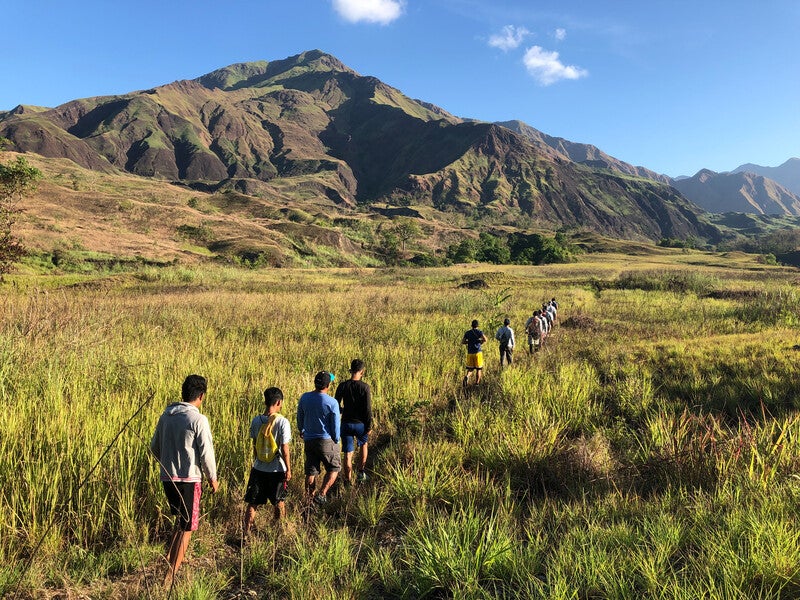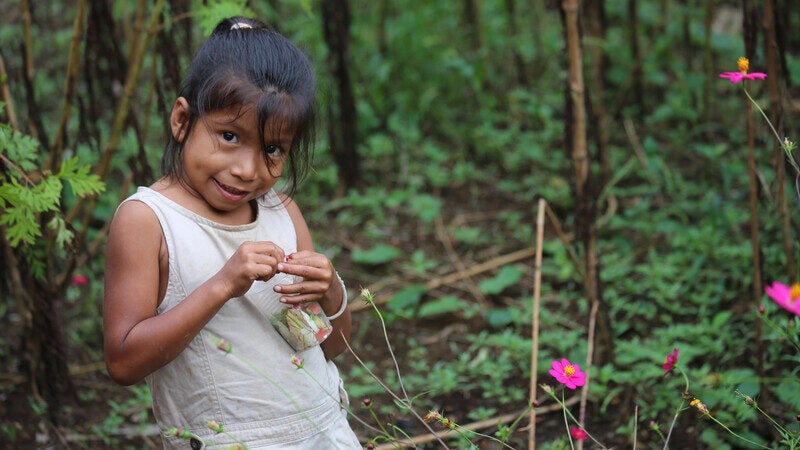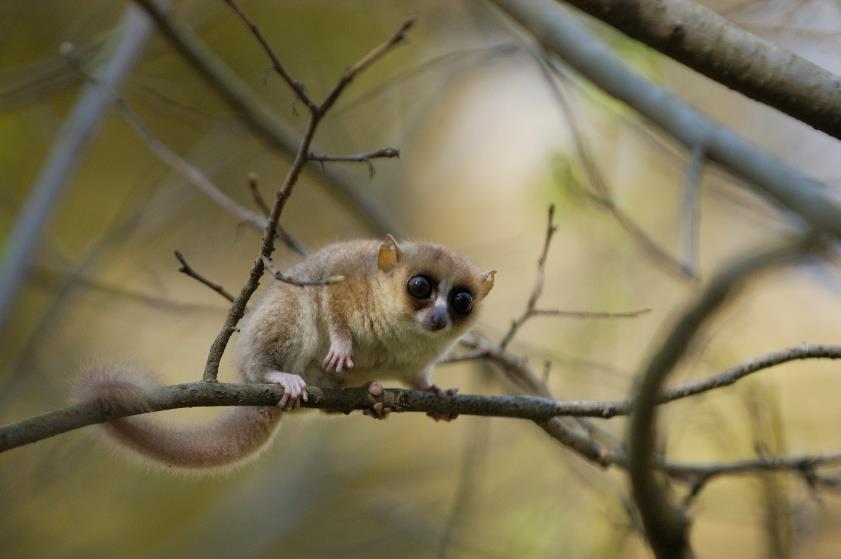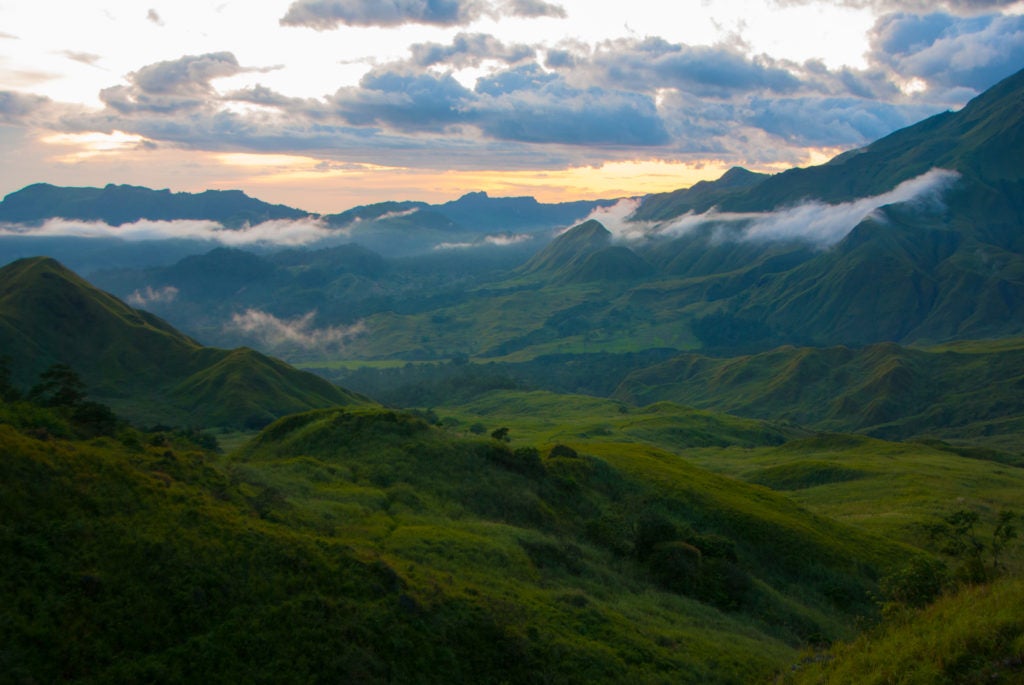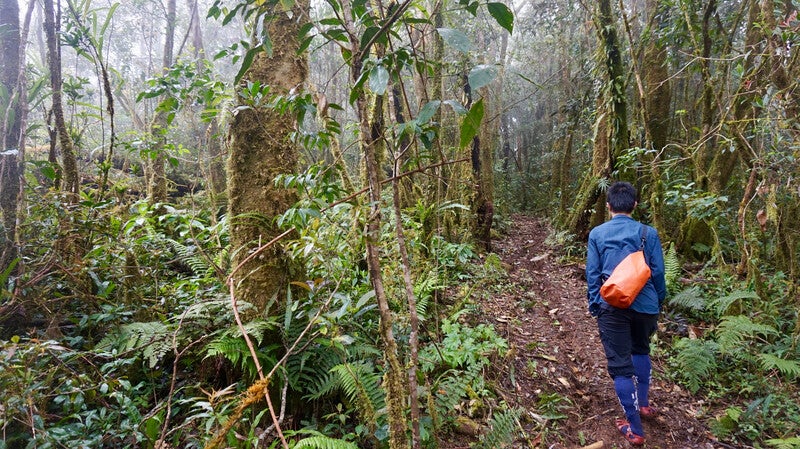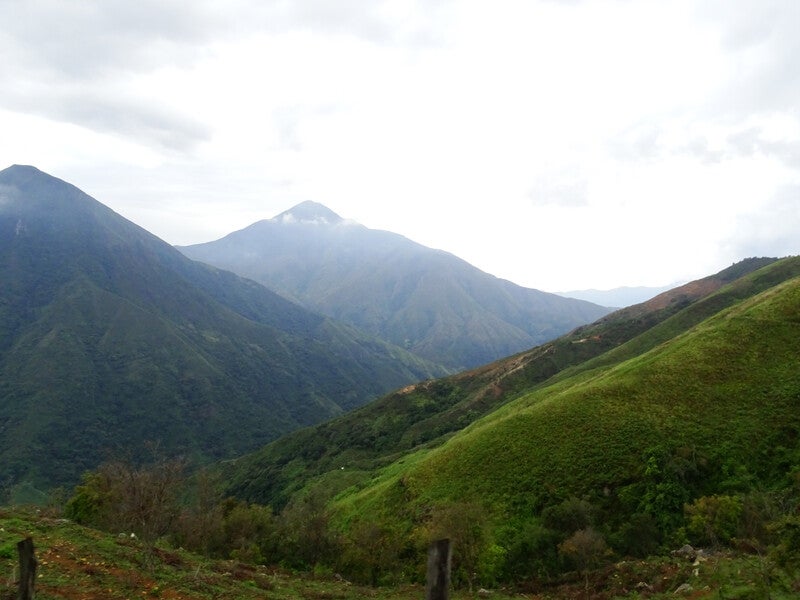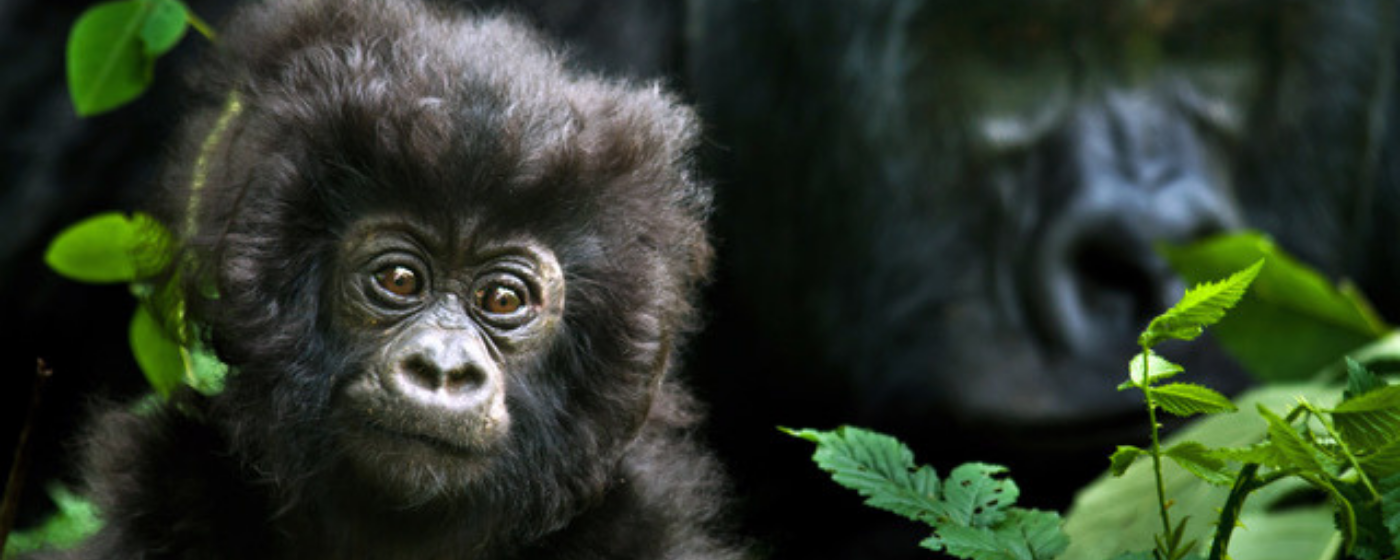Key Biodiversity Areas
donateProtecting the Planet’s Irreplaceable Places
Biodiversity—every plant, animal, fungus and the habitats where they live—is essential for a healthy planet where all life can thrive, including humans.
But the loss of biodiversity is occurring at an alarming rate across the planet.
Key Biodiversity Areas (KBA), which are among the most incredible and diverse places on Earth for nature, are sites of global importance to the planet’s overall health and the persistence of biodiversity. The Key Biodiversity Area Partnership—an ambitious partnership of 13 global conservation organizations, including Re:wild—is helping prevent the rapid loss of biodiversity by identifying these places on Earth that are critical for the survival of unique plants and animals.
By mapping these important sites—and providing information about the wildlife living there—private industry, governments and other stakeholders can make better decisions about how to manage the land and water, where to avoid development, and how to best protect the animals and plants that depend on the continued health of Key Biodiversity Areas. To date, we have mapped more than 16,000 KBAs worldwide on land and in the sea, which conserve important populations of more than 13,100 species.
The Re:wild Solution
Re:wild prioritizes the protection of KBAs within Biodiversity Hotspots and High Biodiversity Wilderness Areas. See below for some of the specific KBAs where we work and the strategies we are implementing there to protect what remains of Earth’s wildlands.
KBAs and the Decade of Biodiversity
The safeguarding of KBAs is a critical part of reversing the current trend of catastrophic loss of biodiversity to the benefit of all life on Earth. This is especially important as the global community turns to developing targets for the next decade to scale up the protection of the planet’s irreplaceable wildlife and wildlands. As the world’s governments negotiate a new strategic plan under the Convention on Biological Diversity (CBD) and more ambitious targets to address the planet’s biodiversity crisis, KBAs can—and should—be included in the new plan as part of a critical roadmap to meet a number of the targets.
Because KBAs offer a blueprint for most effectively conserving and scaling up action for our planet’s biodiversity, they can help ensure that the next 10 years focus on the sites most crucial for sustaining global biodiversity. They can also help focus action to prevent extinctions, improve the status of threatened species and halt and reverse population declines of wildlife species and loss of intact habitats.
